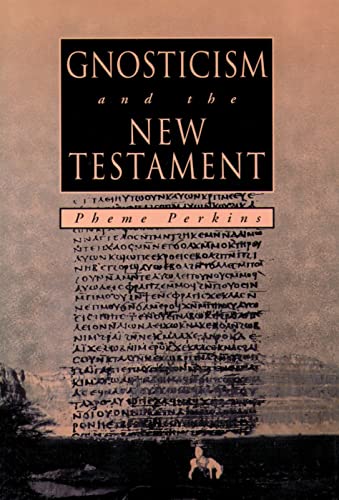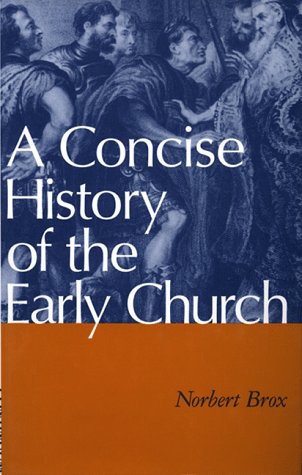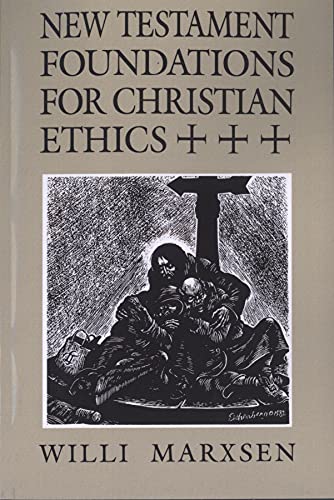The Hebrew and Aramaic Lexicon of the Old Testament
Written by Ludwig Koehler, Walter Baumgartner et al., trans. M.E.J. Richardson et al. Reviewed By Richard S. HessThis translation of the first fascicle of the third edition of Koehler and Baumgartner’s Hebrew lexicon is a significant event for English readers of the OT. The major Hebrew lexicon in the English world remains that of Brown, Driver and Briggs. Their masterpiece represented the best that 19th-century lexicography had to offer. However, linguistic and lexicographic research has progressed through this century. Advancements have occurred in cognate languages (e.g. Akkadian), in the discovery of related languages and texts (e.g. Ugaritic) and in the study of contemporary and later Hebrew texts. Text criticism has also progressed, with the use of better Masoretic manuscripts and witnesses to other versions. The result has been a variety of Hebrew lexical projects that seek to digest the growing mass of relevant data and to present a dictionary for the reader of the Hebrew Bible. One of the earliest and most significant was that initiated by Ludwig Koehler. After his death in 1956, Walter Baumgartner carried forward the early phases of the project. These resulted in two earlier editions (1953 and 1957) and laid the foundation for the third edition. This last edition was published in a series of five fascicles. The first appeared in 1967 and the last of the Hebrew section was completed in 1990. The fifth fascicle will include Biblical Aramaic. A summary of the first fascicle’s contents appeared in W.L. Holladay’s Concise Hebrew and Aramaic Lexicon, but this is the first translation of the whole work. Although one may fault the project for failing to update the work since its appearance 27 years ago, a glance at the detail in the entries will explain why. To do so would have delayed the appearance of the translation by many years.
To take one example, the word for covenant (berit) begins with a note of its occurrences and spellings in later Hebrew, Akkadian, Egyptian transcription and Arabic. A bibliography of 12 semantic and theological studies follows. There is discussion of the word’s distribution throughout the Masoretic text, its translation in the Greek Septuagint, its various spellings in Hebrew and a brief translation (‘agreement, covenant’). The four columns of semantic entries are grouped under three headings: (A) ‘between persons’, (B) ‘contract, covenant with’, (C) ‘a covenant between God and mankind’ (the longest of the three). Discussions of secondary literature are incorporated, as are occurrences in published Dead Sea Scrolls and other Hebrew writings. The student of the Hebrew Bible cannot fail to benefit by frequent reference to this important lexicographic tool.
Richard S. Hess
Denver Seminary, Denver







